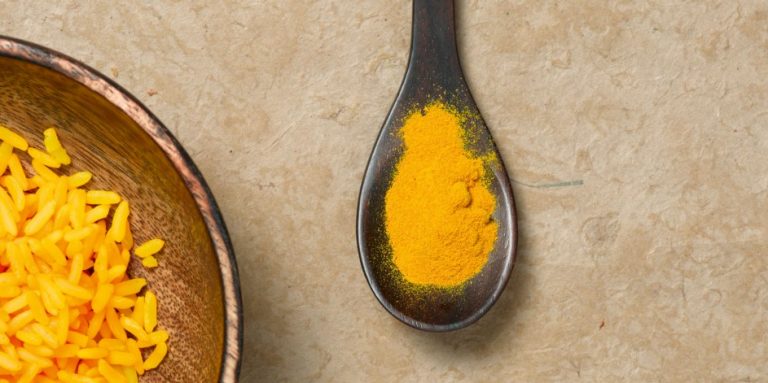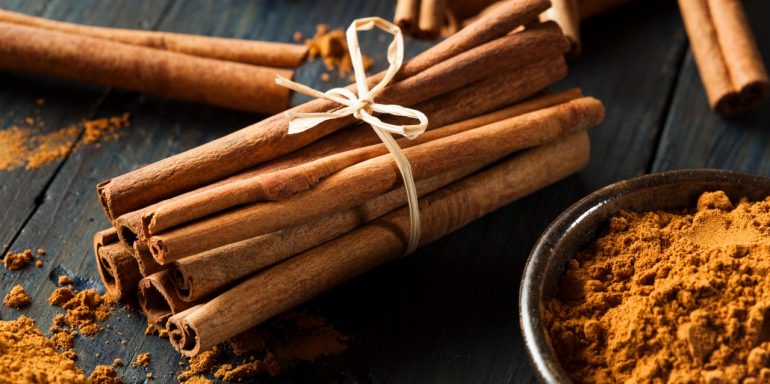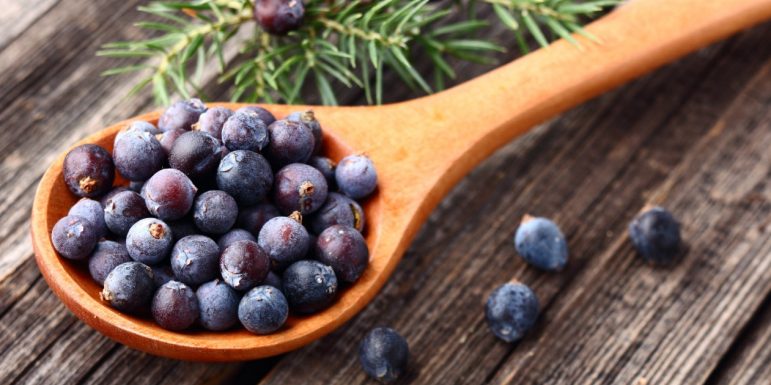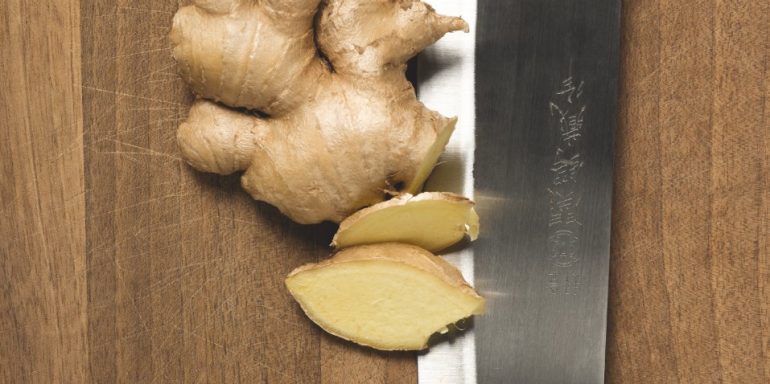
Balm for the digestive tract: turmeric
Turmeric is what gives curry mixtures their yellow colour and sharp flavour, which is effective both in the kitchen and in alleviating various ailments. Its ability to completely revitalise and strengthen the digestive tract has seen turmeric jump ahead to third place on the list of the most researched medicinal plants in scientific circles.
Turmeric is related to ginger, but its flesh is dark yellow
Turmeric was first used in Asia. According to Ayurvedic tradition, the medicinal plant is used to completely purify the gastrointestinal tract. It is a universal remedy, because a well-functioning digestive tract forms the basis for good health. This finding also made its way into European herbal books (Tabernaemontanus, 1613; Loeber, 1748;) which recommend turmeric in case of poor health. Today, the broad effects of turmeric are the subject of numerous scientific articles all over the world and have a similar market potential where gastrointestinal complaints are concerned to St. John's wort for depression and ginkgo for dementia.
Universal remedy for digestive problems
Turmeric facilitates the production of bile and its excretion via the gall bladder into the small intestine, where it is responsible for digesting fat. This “cholagogic” effect facilitates bowel movements and is effective against constipation. Furthermore, inflammation of the intestinal mucosa is alleviated and blood lipid levels are lowered. Turmeric also has an immunomodulating effect and purifies the digestive tract of worms, bacteria and viruses.
Through the antioxidant effect, the plant also protects the hepatocytes from toxic effects, allowing the liver to fully perform its function as a detoxifying organ. Turmeric is not suitable for use in a purely watery tea, because the plant’s active ingredients are lipophilic and therefore not water-soluble.
Like small banana plants
Turmeric grows to a height of about one metre and is reminiscent of a small banana plant. It has leaves like a lily and a curled stem. The flowers are shaped like roof tiles and bright red. Medical science has identified two types of turmeric which have equal therapeutic effects: Curcuma longa, known as turmeric, and Curcuma xanthorrhiza, known as Javanese turmeric.
When eaten raw, Curcuma longa tastes bitter and produces a burning sensation in the mouth, whereas xanthorrhiza is only slightly bitter. After being harvested, longa is blanched in hot water to prevent it from sprouting, whereas xanthorrhiza does not need this treatment. Therefore, longa is evenly yellow in cross section, whereas xanthorrhiza has orange-coloured rings.
For food intolerances, chronic digestive problems and hepatic disorders
As a standardised remedy
Take one dose twice daily in capsule form. If the stomach gets too irritated, the dose should be reduced in order to prevent the possibility of nausea developing. In such a case, the stomach is still too weak and must be slowly built up to full strength and health.
In the form of loose powder
Stir one teaspoon of powdered turmeric (3 g) into hot milk; drink on an empty stomach in the mornings and in sips before going to bed in the evenings. Take for at least six weeks as a course of treatment; this may be extended to a maximum of three months.



Newsletter
Find out more about current health issues every month and get all the information you need about our attractive offers from all Helsana Group companies * delivered by e-mail to read whenever it suits you. Our newsletter is free of charge and you can sign up here:
We did not receive your information. Please try again later.
* The Helsana Group comprises Helsana Insurance Company Ltd, Helsana Supplementary Insurances Ltd and Helsana Accidents Ltd.